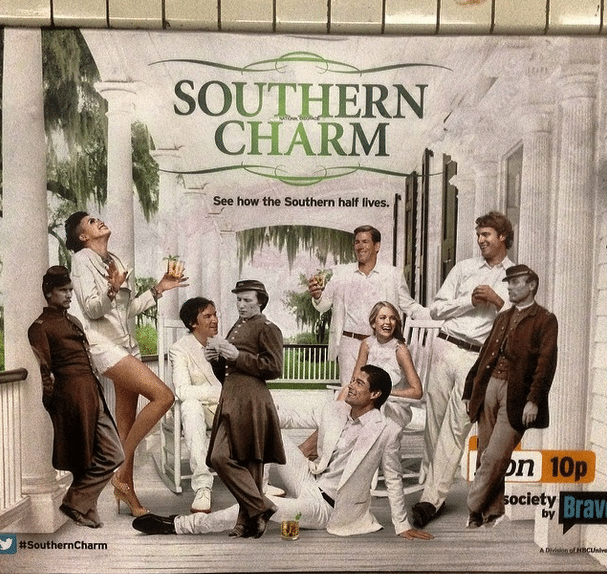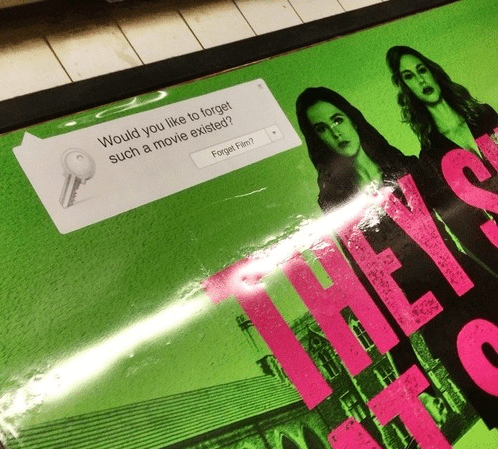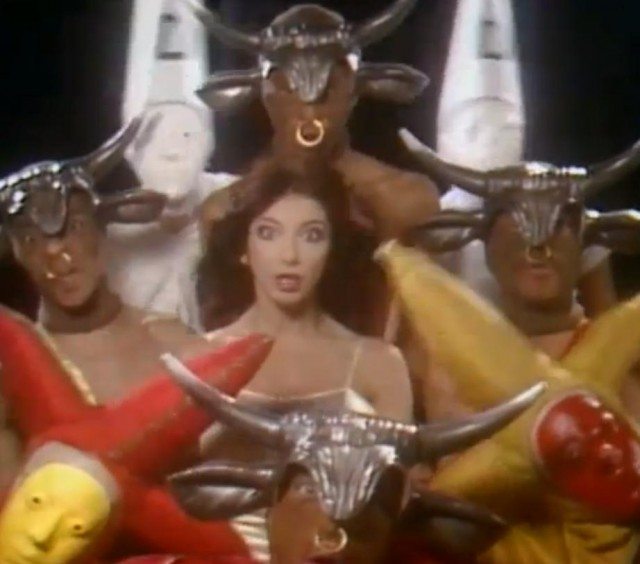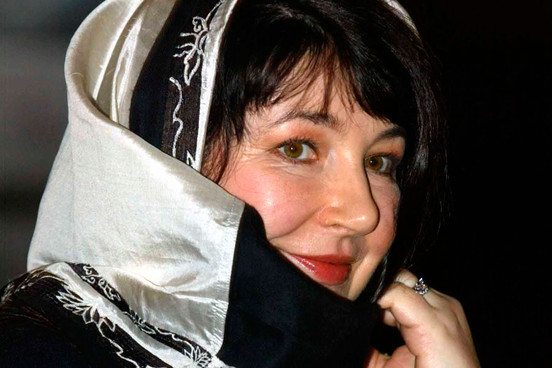Home work: Filmmaker Yared Zeleke’s Origin Stories
It takes a certain level of conviction to stay true to one’s roots when balancing the demands of a bustling metropolis. The filmmaker Yared Zeleke is an Ethiopian storyteller who swims against the current, making films that detail his experiences back home and abroad. His first feature, currently in development, was selected as one of the 15 international projects for the Cannes Film Festival’s lucrative L’Atelier program in 2013. Raised in the slums of Addis Ababa, Zeleke earned his MFA in Directing from New York University’s Tisch School of the Arts, and has worked with various NGO’s in Norway, Namibia and the U.S. All the while, he has preserved his artistic integrity while redefining where he calls home. I had a conversation with Mr. Zeleke about current artistic pursuits and the conditions facing today’s artists in the Big Apple.
Can you talk about your upbringing?
I grew up in the slums of Addis Ababa during one of the darkest periods of Ethiopia’s 3,000-year history. Emperor Haile Selassie had just been deposed in a military coup and the country was consequently thrown into cycles of war and famine. The ongoing conflict and chaos in my country caused me to also lose my family and home while a young boy. Despite the disturbances, I had a happy childhood.
How has your sense of home influenced your next film?
My first feature, Lamb, is analogous to my life’s journey in that it is deeply personal and inescapably political. It is a semi-autobiographical drama about the heart, heartache, and humour of everyday life in my homeland.
You are now back in Ethiopia. How did you feel being an artist in NYC?
It’s challenging…
Your film The Quiet Garden (2009) is about people asking to escape from the city’s noise. Would you or did you ever live in Manhattan?
I once lived in the Lower East Side, right before it got out of control with rent and well-off tourists. I wouldn’t want to return there or probably any part of Manhattan even if i could. Rent, especially, continues to increase for meagre spaces even in inconvenient locations. More and more young people are moving in, who are not necessarily artists themselves.
Film financing is a complex matter, especially during times of economic difficulty. How do you manage?
Grants, grants, and more grants. My work has been funded by several major European sources.
Why do you think artists resist calling their work political?
Politics is such a dirty word.
Your films directly confront difficult to dramatize anxieties. Housewarming (2009) confronts dead-on the alienation felt by an immigrant woman longing to be back home while attempting to fit in at a stylish dinner party in Brooklyn.
Housewarming is about homesickness, particularly as an immigrant in New York. Tigist (Patience) is a short documentary about a girl from the Ethiopian country-side who dreams of being a pilot and comes to California to learn to fly.
Women play an integral role in many of your films.
Strong women raised me in Ethiopia. My primary caretaker was my grandmother who was revered for her storytelling skills as much as she was for her coffee ceremonies. She was born in Kaffa, after all, the birthplace of the coffee bean.
Many of your stories deal with being an outsider and the relationship between defending one’s individuality or being accepted into a group.
The traditional African proverb,”it takes a village to raise a child”, rings true about my upbringing. The adults in my neighbourhood collectively looked after all of us as children by keeping us distracted from the horrors of the Derg with school, church, and the movies. I remember my aunt’s spiced bread; my cross-dressing cousin’s comedy act; the forested, majestic mountains surrounding the city; and the bonfires, singing, and dancing during the holidays. I incorporated all these memories into my stories.
For more information about Yared Zeleke and Slum Kid Films, visit http://vimeo.com/user942327
Art & Commerce: the Street Art of Jilly Ballistic

Socially oriented themes are vital in keeping today’s art community from obsolescence. Desensitized by post-modern theory, many of today’s artists subscribe to the idea that personal narratives are as equally worthy as history’s. Often, the individual opinions, quirks and tastes of the artist trump objective social matters and form the impulse and focus of the work. As art schools and the needs of the marketplace teach the same, the common issues and conditions faced by large sections of the population go untouched as worthy subject matter in the artistic arena. This is a 21st century concern.
Artists such as Caravaggio, who worked in service of the Church at first, worked to interpret daily life. His practice of picking up street urchins and prostitutes and using them to create portraits of religious figures offered an edgy commentary on hypocrisy in the religious community. His portraits, rendered in murky chiaroscuro, asked us about the validity of the Church’s claims to moral authority. Without question, we need more artists that consciously choose to interpret and comment on their surroundings and the political goings-on of everyday life.
The Brooklyn-based artist known as Jilly Ballistic chooses to use the advertising seen in New York City as canvas. Ballistic augments subway adverts and movie posters with unique, one-off photo cutouts that comment and question the ad’s initial purpose. By displacing the reason behind the production of a given piece of advertising, she creates her own intent – to question the ad and engage in dialogue with the potential consumer.
A poster for a reality TV show about wealthy Southerners inserts black and white cutouts of Confederate soldiers next to the modern-day socialites; a glass-enclosed subway map is taped up with a fictional police advisory: “if it ain’t broke, break it”; a Sports Illustrated ad featuring an attractive model in bikini is amplified with the sticker “Beauty has been modified from its original version.”
One of my favorite subvertisements is Ballistic’s Would you like to forget this movie ever existed? The question is posed in a pop-up icon on the movie poster for Vampire Academy. You don’t have to dislike the movie to connect with the work. There is an ongoing critique of warfare that runs through the majority of Jilly’s interventions. Cutout soldiers and gas masks are key images that keep popping up in her work. If you catch either of these, you know it’s a Jilly Bomb.
I was able to ask Jilly several questions about her work.
Where were you born?
Born and raised in New York City.
How has NYC influenced your art?
Every piece I put up is inspired by the City, from its architecture to the ads in the subway. They are all site-specific and have a relationship with the environment, a purpose.
What recent changes in the city have affected your creative process?
My process hasn’t been affected in any negative way. Despite the huge influx of cameras and the unjustified number of stop-and-frisks, the work still gets up. You develop a strategy for things like this and adapt. For example, you alter what paste you carry and what containers; can the print go up all in one large piece or in sections? Actually, the number of obstacles makes the process more challenging and even fun to work around.

Many artists shy away from being political in their work for fear of being “on the nose” or appearing sincere. What are your thoughts on the matter?
You have a right to express or not express your thoughts on any topic. For myself, I’ll approach a political issue or respond to something in our pop culture if the time and location is right. Like I said, all my pieces are inspired by/site-specific, so if the City offers me an opportunity I take it and try to say something meaningful, either in a subtle way or with humor.
By playing with advertising, your pieces subvert the commercial. What is your overall relationship with commerce in NYC?
You can’t escape capitalism in New York. Even if you’re not actively purchasing anything, you’re exposed to the advertisements–they’re next to you in the train car, they’re on your building. We’re all in a relationship with commerce. And I use that as a common denominator; I attempt to say what the public is thinking about a product, be it a new film or Apple product.
What is a less obvious risk of creating street art?
With all the effort you put into a piece, there’s a chance the public puts little effort into understanding it.
The ‘would you like to forget such a film existed?’ piece plays with the public’s expectations of interactivity and being positioned as tastemakers. On one level it critiques media of questionable value (a cheesy, senseless teen movie) while using interactivity to offer the viewer the option to disregard content. What are your feelings on ‘tastemaker culture’ such as the foodie movement and its relationship to city life? Where do you position your art in the consumer/tastemaker culture?
Technology has changed the way we interact with the world around us, specifically allowing us the ability to talk back instantly with submitting comments, “liking,” or “disregarding.” It’s made each of us individual critics, or a “tastemaker” as you put it. This is another one of those common denominators I work with; most of us recognize alerts or error messages because they’re in our lives everyday. It has become a form of communication and a medium artists can use.

Your pieces use existing advertising and material as jumping off points. Do you have a “dream ad” or physical space that you’d love to Jilly-bomb?
One of the best parts of doing ad or site interventions is that moment when you’re commuting as you usually do, and the train passes an ad/space you know you have to hit. It’s a gut feeling, an instinct. So I don’t usually sit and dream about spaces, I let the world surprise me.
What is your opinion on a hacking group such as Wikileaks? To you, what is the relationship between art and hacking?
When mainstream media and journalists no longer take risks to uncover what’s truly happening, we have to depend on ourselves. There’s a creative way to do this-like with cinema, graffiti, or visual arts for example-or direct reporting, like revealing official documents.
Social and historical icons figure largely in your pieces. What else do you draw your inspiration from? What does the gas mask mean to you?
2014 marks the hundredth anniversary of chemical warfare and the gas mask has/is currently undergoing an evolution. War is becoming more accurate and the products needed for war are becoming more accessible, to anyone – citizen, soldier, or government. This work is a reminder of such an uncomfortable reality. And this reality isn’t an inspiration, per se, but something I feel needs to be revealed.

You can see Jilly’s work at http://jillyballistic.tumblr.com/ Her pieces are now featured in Outdoor Gallery, a standout book by Yoav Litvin, collecting pieces from several street artists. Outdoor Gallery is available at the MoMA, Guggenheim, Strand Bookstore and Zakka (BK) next week.
3D Printing: Enter the Void
As a film student in college, I often viewed my production-oriented classmates as tech-heads and gadget hounds. Tied up by electrical wires, I came up with sportive nicknames for them: the camera buff, the visual FX junkie, the techno-fetishist. To them, content and story were means to an end; it was the rush of copulating with metal that really seemed to agitate their senses.
I preferred theory to being on set. I never managed to obtain that tactile high; the current of electricity that shot through their veins whenever they plugged in a wire or pulled a strip of celluloid through a Steenbeck. With no less fervor, I enjoyed discussing the social implications of the latest film with my friends in the cinema studies department, who eschewed “making stuff” for the loftiness of deconstruction. The general gist was that detachment from the creative process – not sticking your hands in the primordial goo – offered you true objectivity.
The 3D Printshow, an annual four-day consumer-friendly event at Manhattan’s Metropolitan Pavilion, aims to satisfy the urges and convictions of both doers and deconstructionists. Three floors exhibited the various uses of plastic printing machines that ranged from the ornamental (3D printed jewelry) to the potentially life changing (bionic ears), and showed the advantages of the theoretical and the hands-on, with varying degrees of success.

Three-dimensional printing stands in relation, in theory and in practice, to the Maker movement, which has now become a part of international lexicon. Maker Faire, Make Magazine‘s festival, secured a place in the DIY parthenon back in 2006 with the first event in San Francisco. This 3D Printshow in particular was created in the UK by an intrepid Brit. The event has toured Paris and London. Even my boss, a self-identifying Neo Luddite in his 70s, uses the term in casual conversation.
Looking at the event as a whole, there is a valid tendency among certain circles to praise the potential of the radical elements and dispense with the more fanciful as the whimsy of business-minded Silicon Valley types with a fetish for fun fur. A recent article in The New Yorker pointedly called out the money crowd for overshadowing the innovators and placed Maker culture in a refreshing economic and social context. The event I attended offered an Elite Business Conference to understand how 3D printing could help corporations, as well as an Investor Session with plenty of opportunities to flash witty business card designs. But it also offered a live runway show of fashion designs that highlighted the conceptual over the commercial, green thumb student thesis projects, and a Medical and Planet Earth section, which focused on teams that use the printing process for ecological and medical innovation.

Permeating the show is a palpable respect for play. One exhibitor, Extreme Flyers, created a tiny remote-controlled helicopter with a built-in HD camera. I watched it glide through the air and weightlessly alight in the palm of my hand. As it hovered above the crowd I wondered what it would be like to make a film shot exclusively by a toy helicopter. For a moment, I found myself joining the crowd, jointly craning my neck in thrall of the beautiful plastic poetically trapped in mid-air.
In this instance, the event successfully married the techie with the conceptual, the politically and socially minded with the thrill of the hands-on. Makers “make” just for the fun of it, but seem all the better for it. It’s in the exciting stages of experimentation, error, and play that their ideas seemed best suited for refinement and further developments in advocacy. Perhaps that’s something we can all stand to benefit from – Neo Luddites and gadget hounds alike.
Altered States: Transitional Space in Johan Van Mullem
The Belgian artist Johan Van Mullem paints the dark, distorted faces of people you might have seen in a dream and could not recognize. The pieces now on display at Chelsea’s C24 Gallery, part of his first exhibition in the United States, recall the chilling self-portraits by the English painter Francis Bacon and the Hollywood body horror technique in which an actor’s head rocks in horrific fast and blurry motion. Yet there is a strange tenderness to the portraits. Amid the weary swirls of flesh-toned bandages there are occasional splashes of summery, almost floral magenta or violet. Van Mullem has the tendency to highlight the eyes, making them opaque and glittering in the same instant. The effect is of a kind, elderly face, staring back at you from an indistinct, half-remembered dream.
More directly, Van Mullem’s images parallel a multinational background. Born in Bruges and traveling through the Congo and Tunisia, his color spectrum does not surpass the terrestrial. There is a cumulative impression of wayfaring through an imaginary ethnic transformation; some of the portraits morph from a weathered Medieval European to that of an African tribesman. The majority of the works pause in between this transition, and are caught in the middle.
The artist’s memories of returning to a sombre Belgian sky after having spent a summer in sunlit Tunisia have left a vibrant imprint, as if the transformative experience of arriving in a new country might alter the physique. The absence of an observable identity and the presence of a transitional unfolding in the pieces resist easy readings. We don’t know who these faces are, or who they are about to become, and the artist would have it no other way.
“Johan Van Mullem” is open now and runs through February 22 at C24 Gallery in Chelsea. 514 West 24th Street (646) 416 6300









